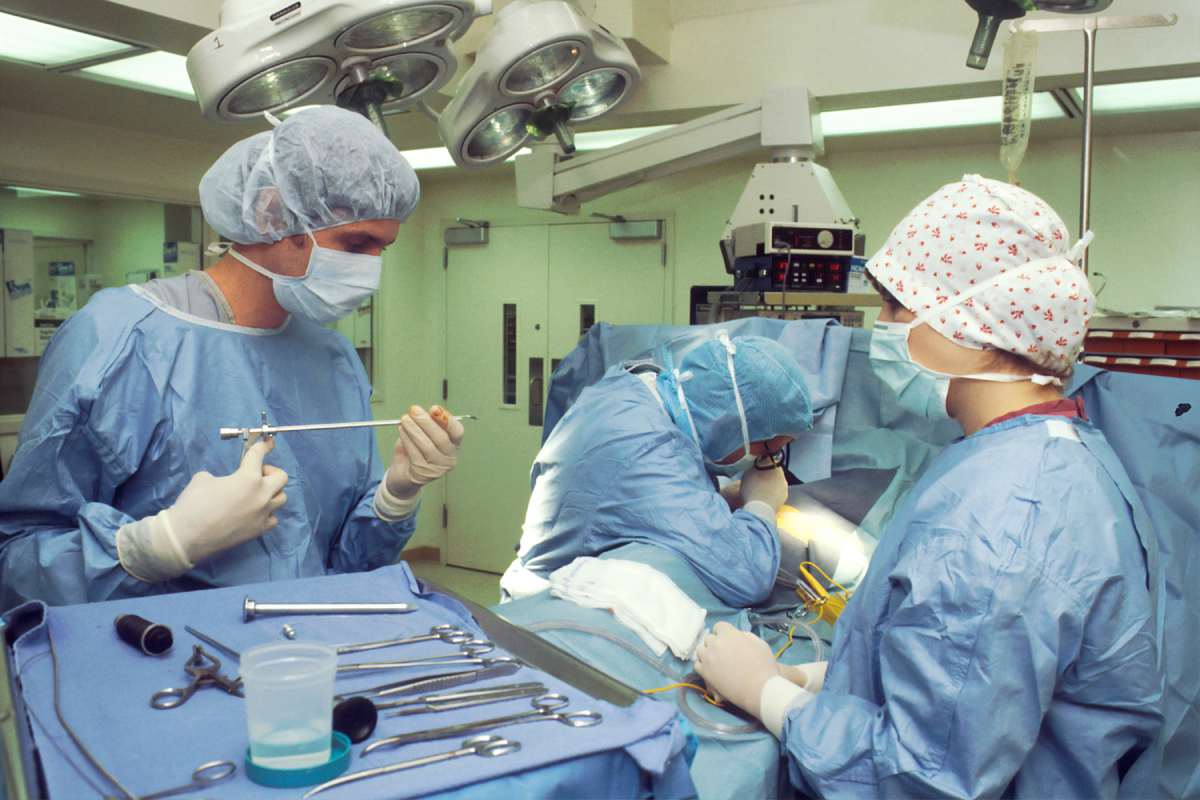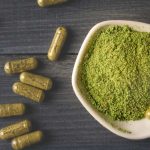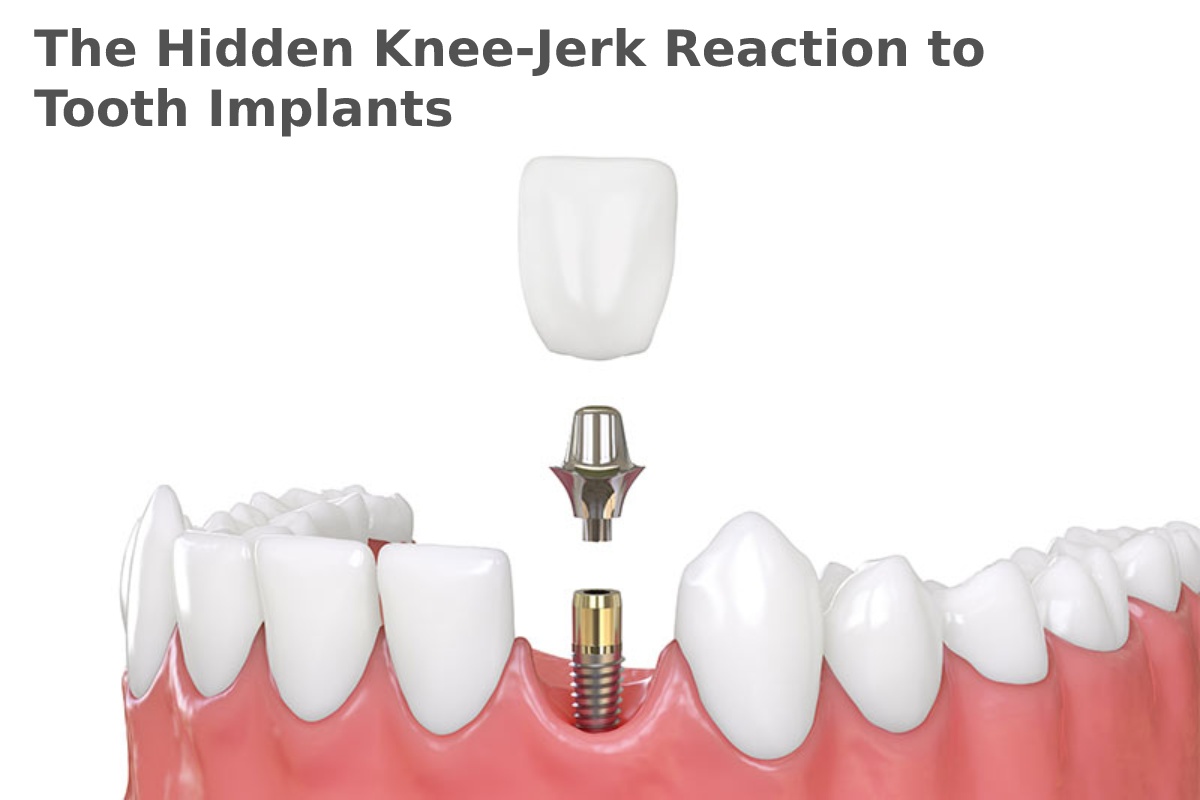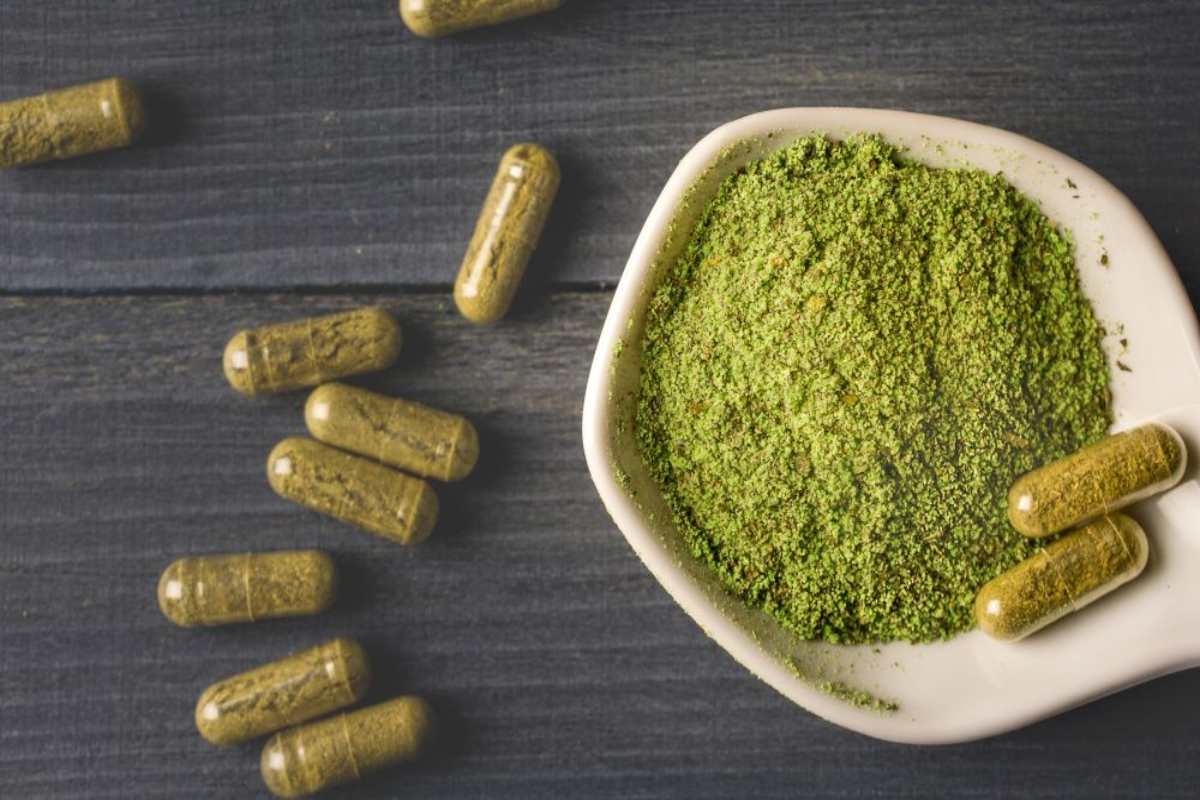Urine Samples and Blood Testing: Anger and resentment about the invasion of privacy would likely be the overwhelming answer you get when you ask friends and colleagues how they feel about mandatory random drug testing in the workplace or school.
It’s possible to get a very different response from someone who’s been through a substance abuse problem and recovered from addiction (or a family member of one).
It is important to do blood or urine testing during drug treatment to prevent relapse and help rehab facilities and law enforcement agencies better understand a patient’s drug use. Here is a website thblack.com available where you can get detailed information about urine drug testing and its treatment.
The Difference between Blood and Urine Samplings
The drug testing protocol used will depend on the stage of the investigation a person is at in the analysis of drug use.
For example, when conducting a traffic stop, police enforcement may utilize blood tests to confirm the absence of drugs or determine which drugs are present in the body. As of 2009, the Dragger 5000 has been in use and can identify:
- Benzodiazepines
- Opiates
- Cocaine
- Marijuana
- Methadone
- Methamphetamines
- Amphetamines
Blood Testing and the Window of Time
All of the above and barbiturates, LSD, and PCP can be detected in the blood. Toxicology experts prefer this procedure over urine testing because it is more precise in its results. So blood tests are the buzzkill for anyone who thinks they can “buck the system” and develop some workaround to detect drug usage.
There are a few ways in which blood testing differs from urine testing. This detection method can only be used to detect benzodiazepines (Valium, Xanax) and barbiturates for 24 hours. Only the most recent use will be measured based on the parent medication.
The downside is that they are invasive and expensive, and the wait time to receive test results is very long (usually a week). Blood testing is a trustworthy resource for pre-employment screenings, health insurance coverage requirements, or court orders, even if you don’t have a time crunch.
Understanding the Urine Drug Test
If you’re going to have a urine drug screen or a UDS, you don’t have to worry about a painful procedure. Urine samples are tested for a variety of illegal and prescribed substances. In most cases, a urine drug test is designed to detect:
- amphetamines
- methamphetamines
- benzodiazepines
- barbiturates
- marijuana
- cocaine
- PCP
- methadone
- opioids (narcotics)
Breathalyzers, rather than urine screens, detect alcohol in screening exams.
When a clinician does a urine drug test to look for indications of drug misuse, it can be a valuable tool. It is possible to begin addiction treatment when a drug test detects the drugs in your system. You can be sure that your therapy is effective and no longer abusing drugs by having regular urine drug tests performed.
Purpose of the Urine Drug Test
A urine drug test may be required in a variety of situations. You may have this test done by your primary care doctor if they feel you have a problem with drugs or alcohol. An ER doctor may also request this test if you’re confused or if your behavior looks out of the ordinary or potentially harmful.
A urine drug test is often required of potential employees before many companies may recruit them. Drug users can be prevented from working in positions that require concentration and alertness by administering a urine drug test. For example, a drug-abusing air traffic controller or truck driver could jeopardize the safety of a large number of passengers. Testing may also help to reduce the likelihood of workplace injuries.
Treatment facilities for drug and alcohol abuse regularly conduct random drug and alcohol tests on their patients. For those receiving treatment for drug or alcohol abuse, this helps ensure that they remain sober. You may be subjected to drug tests at random if you’re on probation or parole for a drug- or alcohol-related offense.
Finally, the exams can be used in the comfort of one’s own home. Family members could ask a loved one to take this test to establish that they aren’t abusing narcotics or alcohol. Consult with your doctor or other healthcare practitioner if you want to utilize an at-home test. If the test results are positive, they can advise you on how to proceed.
Types of Urine Drug Tests
There are two types of urine drug tests: quantitative and qualitative. An immunoassay is a low-cost option that provides results rapidly. As a result, it’s not without flaws. It doesn’t detect all opioids, for example. It can also produce misleading positive results from time to time. A drug test result can indicate the presence of drugs even though no drugs have been consumed.
For further assurance, if your initial test is positive, a follow-up procedure called gas chromatography or mass spectrometry (GC or MS) is carried out. As with the immunoassay, this test requires a urine sample to be collected. These results can be more expensive and take longer, but they are less likely to identify a substance than other methods falsely.
These tests both have the potential to provide false negatives that indicate drug usage even when there is no evidence of it. Neither test may detect drug usage that occurred on the same day.
More Complex Drugs Require More Complex Screening
Many people in drug rehab use MAT (medication-assisted treatment) to relieve unpleasant or uncomfortable withdrawal symptoms and facilitate a smoother transition back into everyday life. When it comes to MAT, it’s commonly used as a harm reduction therapy paradigm.
There’s no getting around that addiction is a widely acknowledged behaviour. Drugs used in methadone treatment include gabapentin and suboxone. However, because they are medications, there are complications.
Drug testing is an effective technique to detect drug use, but it also serves as a deterrent in the recovery process (40 to 60% relapse rate). Accredited treatment facilities require clean screens. They protect patients who are committed to recovery from those who are only interested in sobriety to meet a contractual requirement. One’s time in treatment may be cut short if they fail a drug test because of a positive result.
Compromise of sobriety by using throughout recovery harms the more comprehensive picture. It taints the good these programs give because of the number of people battling drug or alcohol addiction compared to the limited number of treatment beds accessible.
